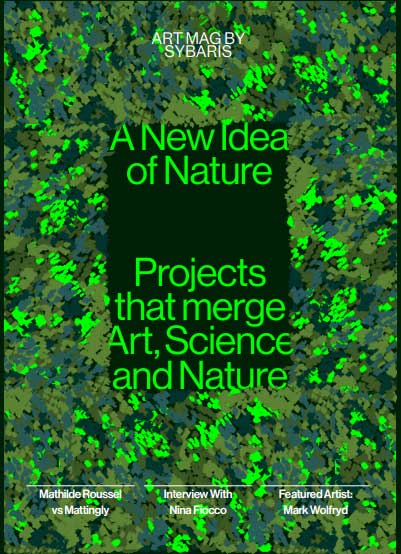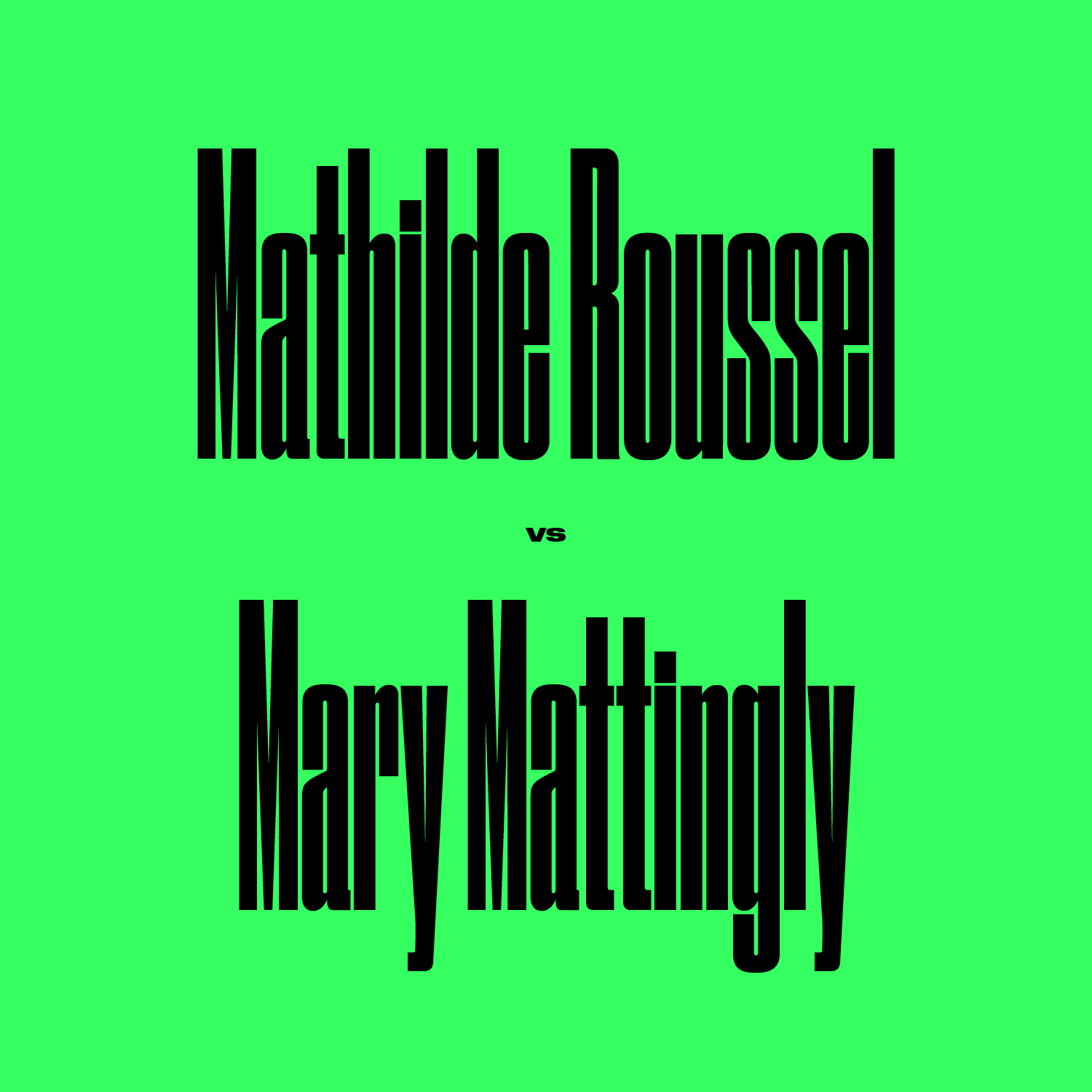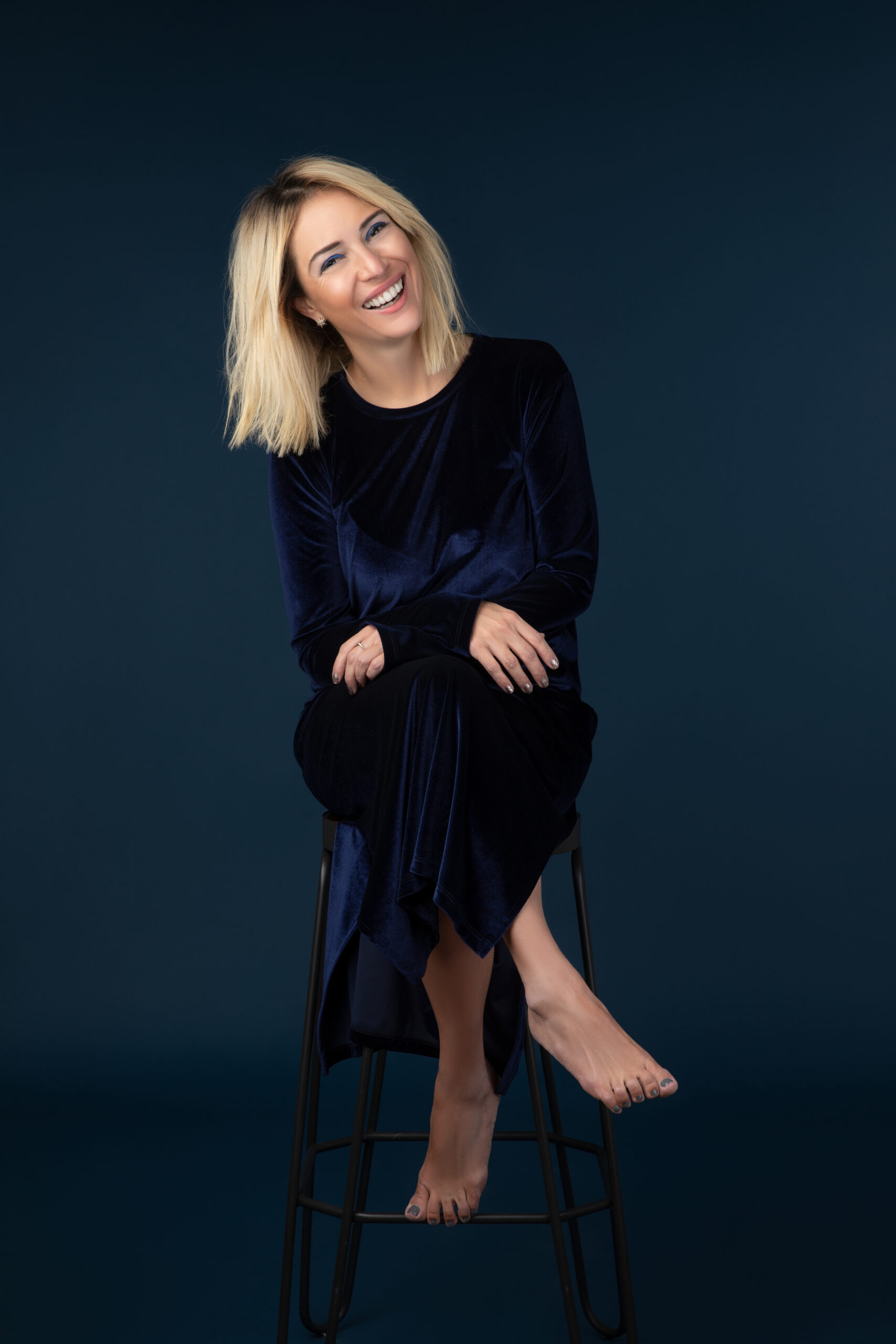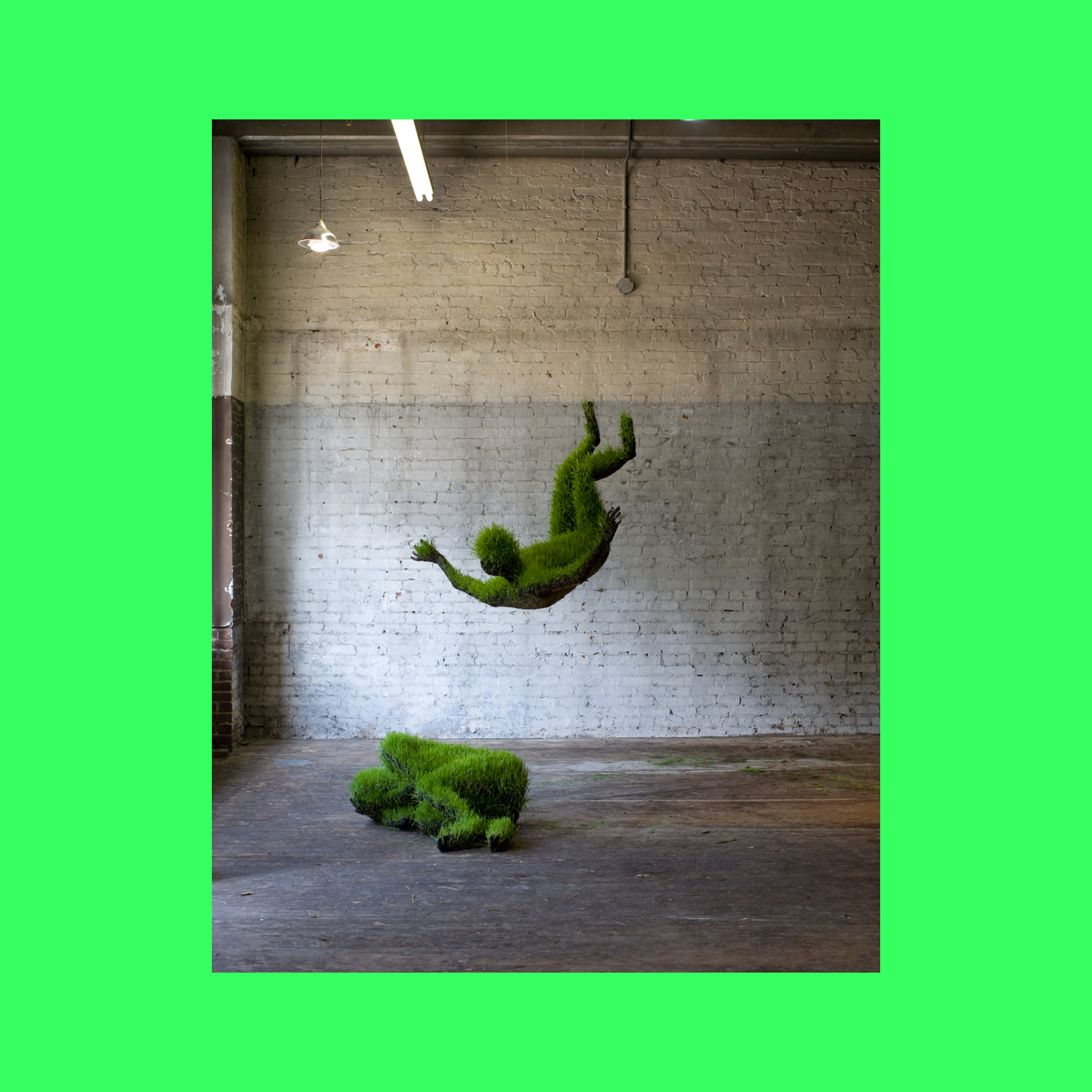A New Idea of Nature

In this issue of ART MAG we make a relationship between art, science and technology. In recent times the visual arts have questioned their own limits using science as one of their main allies. The pieces of
art produced in this context not only imagine new aesthetic possibilities for art but also challenge current political, social, moral or economic values. What are the tools that art must use to open new paths? Some of the pieces we cover in this issue rehearse some answers
Dear Collectors,
We are living in times of drastic changes. How can we approach nature now that we are witnessing more than ever its power?
Our Art Magazine is out now! In issue 26 we are addressing the complexities about nature. As a society, we have been forced to rethink our relationship with the environment we inhabit. There is some hope we finally surrender to the idea that melting with nature is wiser than fighting against. Along these pages we address some of the basic concepts that intersect between art and nature. From a theoretical perspective, you will find an overview of the concept of mimesis and its development so as to understand contemporary debates. We focus also on materials, what do artists produce their work with? Not to leave aside the impact of global warming that also discusses the interview with Nina Fiocco about her film Le Domestique.
Since the very first artistic expressions, art has been involved not only with the depiction of nature but also in exploring the natural environment and its key role in the social, economic, cultural, political and technological contexts of each region. If once art used nature to disseminate an idea whether of beauty or national identity, nowadays artists are still analyzing and questioning the infinite possibilities of nature, especially regarding the technological and biological advances that have taken society to an extreme point of destruction. While Modernism promised a high-level quality of life based on progress, the twentieth-first century has shown the fall of the modernist ideas through nature’s responses to human exploitation. This issue 26 of Art Mag by Sybaris offers a general panorama of how contemporary art is responding to these urgent problems. Maybe art isn’t the only way to stop climate change, the Anthropocene or to modify human relations with nature, but it is a way to face these scenarios from a critical and reflexive point of view.
Sybaris Collectors |
Art and Nature: A Mimetic Confrontation By Julio Horta |
Versus Mathilde Roussel vs Mary Mattingly |
Cold or Warm By Camila Durán What materials fuse art, science and architecture |
Interview With Nina Fiocco |
10 Pieces of Art that Reflect on Nature |
The Highlights of the NFTs |
Marek Wolfryd: Una reverencia en siete etapas para Patricia Caulfield |

When we talk about Mathilde Roussel and her artistic relationship with nature, it is inevitable to talk about Life of Grass, a series of hanging sculptures made of recycled metal with anthropomorphic shapes, filled with grass, earth and seeds that will become pieces of green grass. The piece revolves around the concept of transformation. And death. For the French artist and designer, nature is inevitably linked to annihilation. As with many of today’s contemporary artists, Mathilde Roussel understands that the human being is not an entity alien to nature. There are no two separate entities that coexist by inertia. The human being is a product of nature. And this is not only affected by human activities, but also adapts to them. In Life of Grass a human figure seems to have mimicked the earth. His driving force comes from her. But also his fateful fate. Life of Grass can be a sculpture or even an installation.In the rest of her work, the French artist reflects on the organic. The residence space for artists Pioneer Works defines it as follows, “Roussel progressively gives up control over the materials she uses by letting them find their own form of existence. She selects mediums that are both fragile and resistant: paper pulp, graphite powder, incised rubber or plants. This choice allows her to explore unstable forms and observe their continuous mutation. Through incision, opening, recovering and suspension, the artist forces the forms she produces to find their place in space, thus expressing and revealing the movement they contain in themselves. To a larger extent, Roussel’s practice seeks to record temporalities that inhabit our corporeality: aging, hardening, scarring and mutation. This research consists in producing tangible forms that indicate our vulnerability.” Human beings and nature cannot be dissociated. But neither can it be thought Image via https://anti-utopias.com/art/mathilde-roussel-lives-of-grass/ that nature possesses human attributes such as morality, wisdom or sacredness
You’ve reached the end of the trial article.
Buy our issue to continue reading. Don’t download pdf here just see video or pdf.




